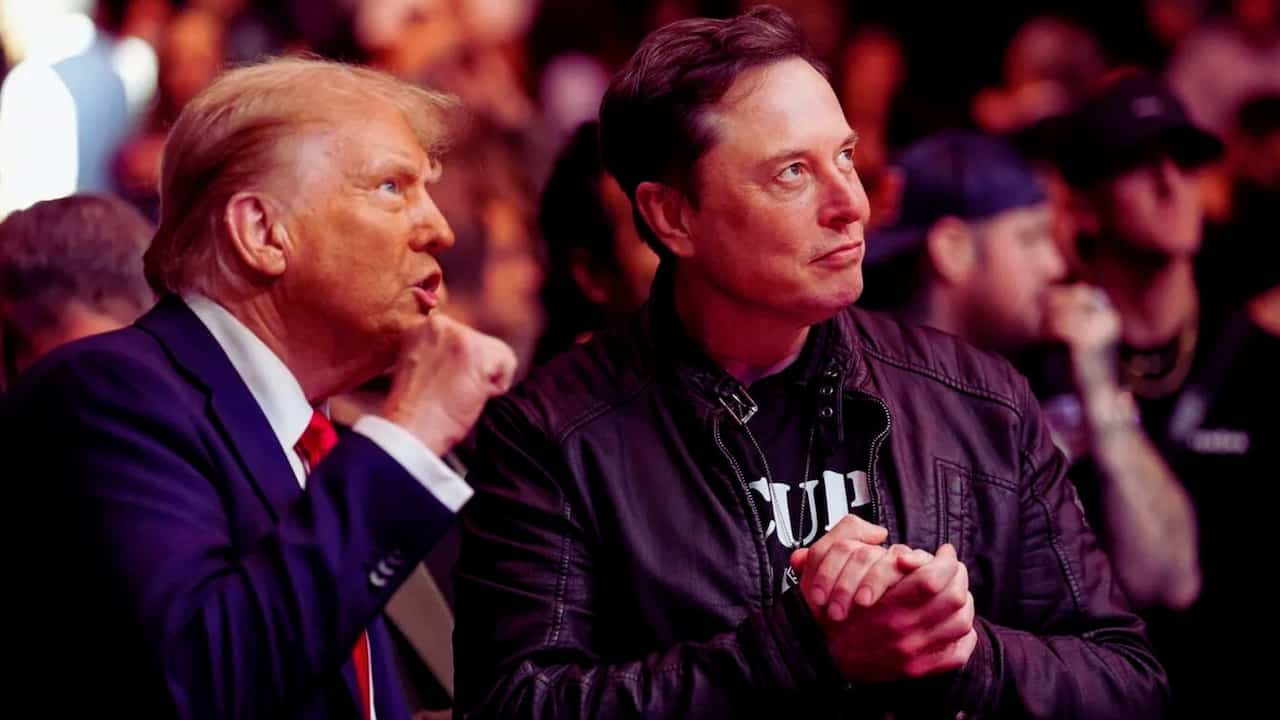Trump’s Self-Driving Push Sends Tesla Stock Soaring: What It Means for the Future of Autonomous Vehicles
A major shift in U.S. autonomous vehicle policy appears to be on the horizon as President-elect Donald Trump’s transition team signals plans to fast-track self-driving car regulations. The news sent Tesla’s stock surging more than 6% on Monday, highlighting the growing intersection of politics and autonomous vehicle technology.
The Trump-Tesla Connection
Elon Musk, Tesla’s CEO and now the world’s wealthiest person, stands to gain significantly from this policy shift. The billionaire entrepreneur, who backed Trump’s campaign and recently joined his transition team, could see his vision for autonomous vehicles accelerate under the new administration.
Key developments include:
- Trump’s team plans to make self-driving car regulations a top priority for the Transportation Department.
- Tesla stock jumped to nearly $340 per share following the news.
- Musk took the helm of the recently established Department of Government Efficiency.
- The proposed changes could help bring Tesla’s Cybercab to market by 2026.
Breaking Down the Policy Shift
The current rules limit companies to deploying just 2,500 autonomous vehicles annually. The new framework could dramatically increase this number, with previous proposals suggesting limits as high as 100,000 vehicles per year.
The proposed changes could:
- Speed up road testing approvals.
- Reduce safety investigation burdens
- Create a unified federal approach to self-driving regulation.
- Push states to adopt more friendly testing policies.
Market Impact and Industry Response
Wall Street’s reaction shows just how much is at stake. Analysts at Bernstein suggest the policy changes could benefit Tesla in several ways:
- Potentially ending ongoing safety investigations
- We are accelerating the deployment timeline for autonomous vehicles.
- We are creating new opportunities in government fleet contracts.
- We are establishing a more favorable regulatory environment for testing and deployment.
Looking Ahead: Challenges and Opportunities
While the news has energized investors, several hurdles remain. State-level regulations will still play a crucial role, and safety concerns continue to shape public opinion. However, the backing of the incoming administration could mark a turning point for autonomous vehicle development in the United States.
Tesla’s autonomous vehicle timeline includes:
- The Cybercab, an autonomous taxi without a steering wheel, was recently unveiled.
- Plans for “unsupervised” fully self-driving technology in Texas and California
- The Cybercab aims to be priced under $30,000.
- Production goals are set for 2026.
The Bigger Picture
This policy shift represents more than just a win for Tesla—it signals a broader change in how the U.S. government approaches emerging technologies. With Elon Musk’s increased influence in Washington and Trump’s apparent embrace of electric and autonomous vehicles, we could be witnessing a fundamental reshaping of America’s transportation future.
The move comes at a critical time for the autonomous vehicle industry, as companies race to bring self-driving technology to market. With federal support potentially accelerating development and deployment, the dream of widespread autonomous vehicles might be closer than we think.
As this story unfolds, Americans will watch how quickly these policy changes take effect and what they mean for transportation. The coming months will be crucial in determining whether this regulatory shift can truly accelerate the autonomous vehicle revolution.
